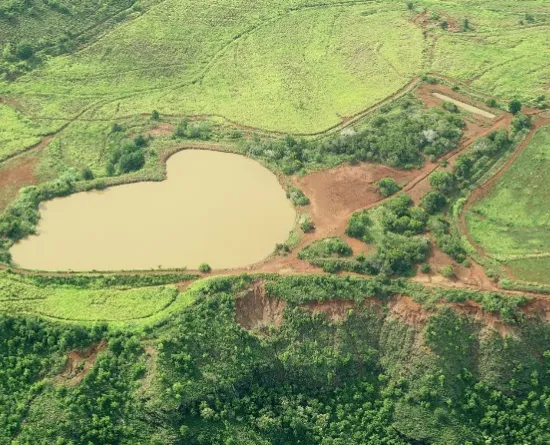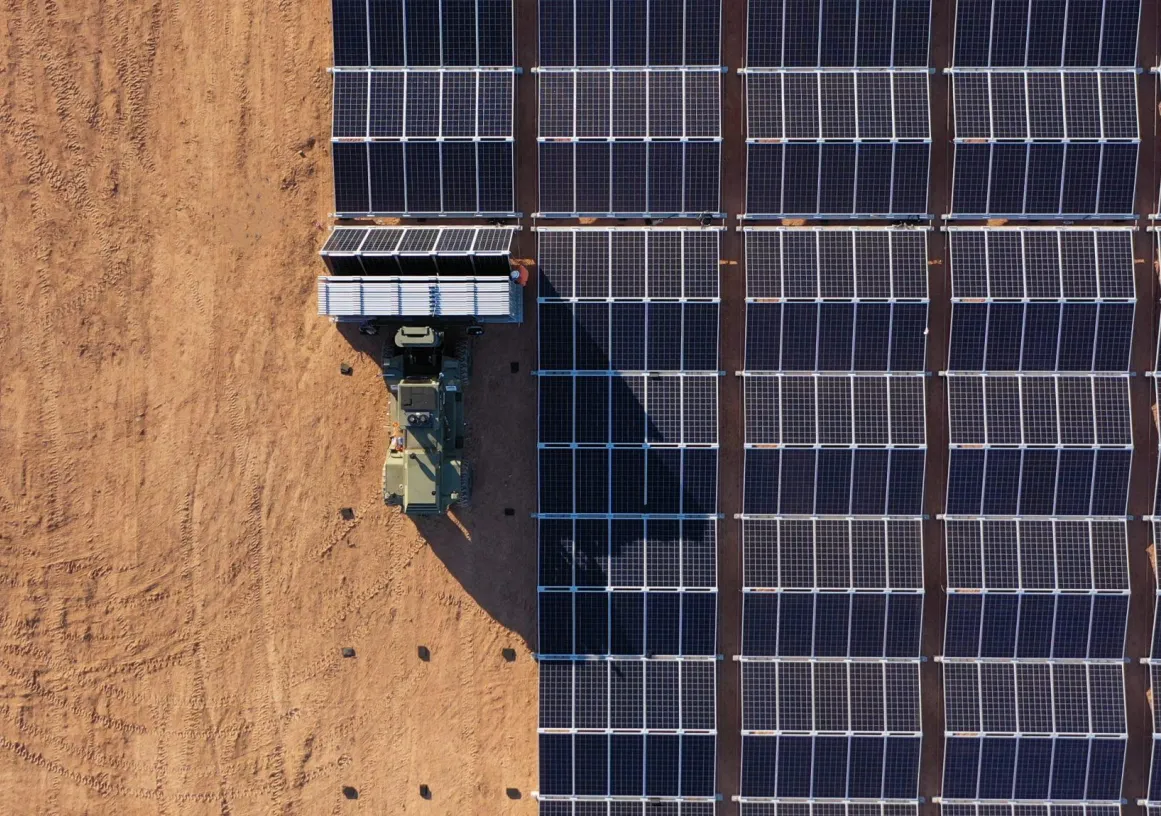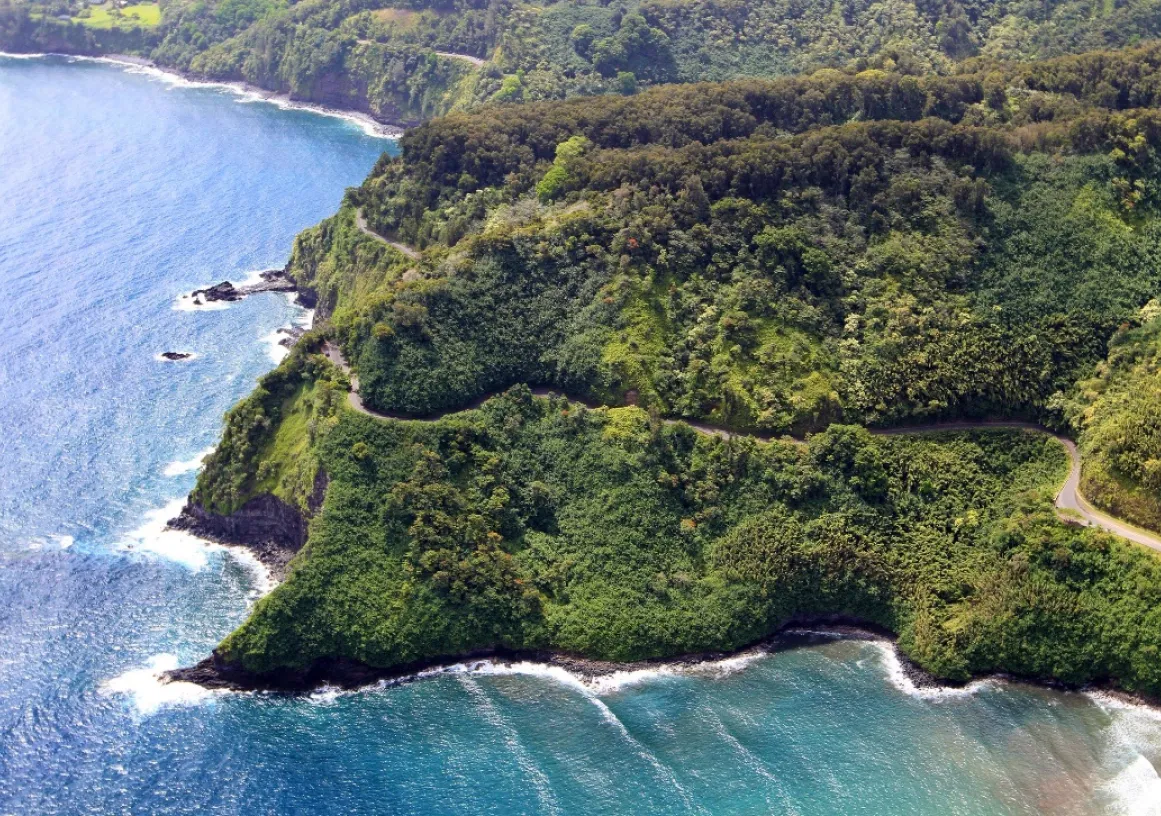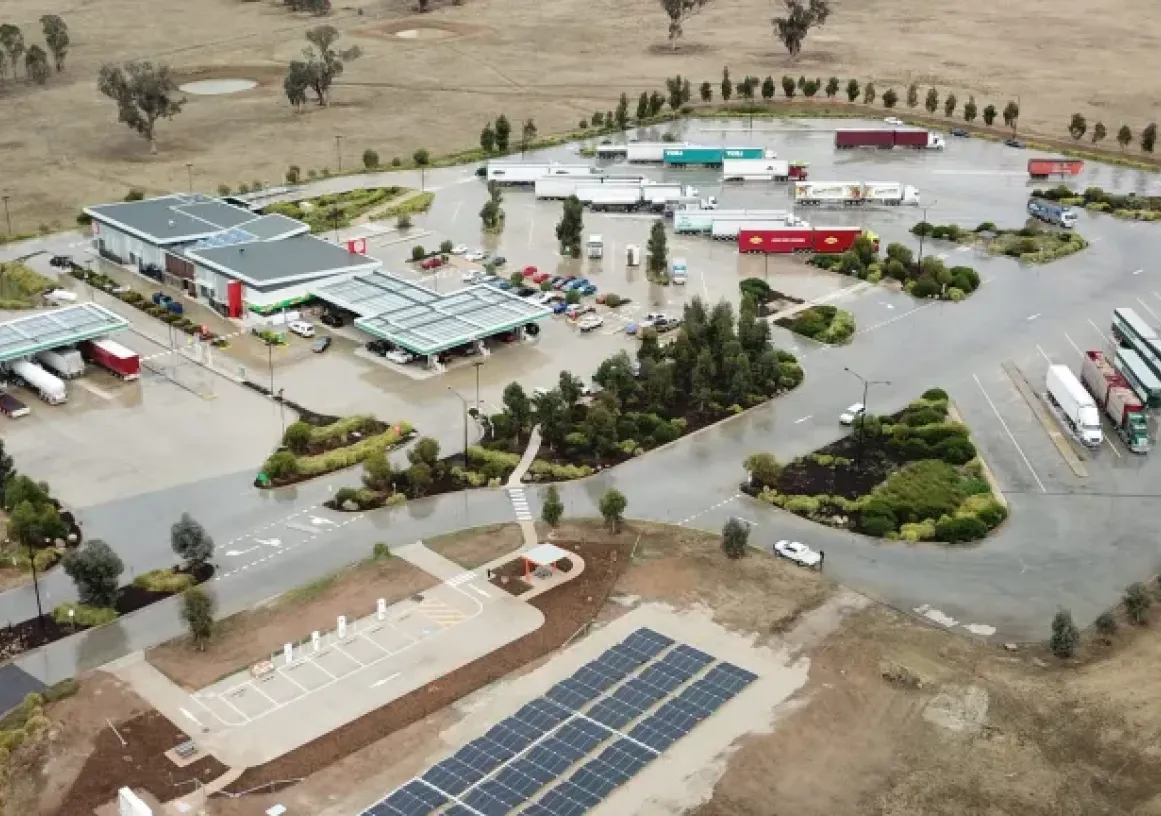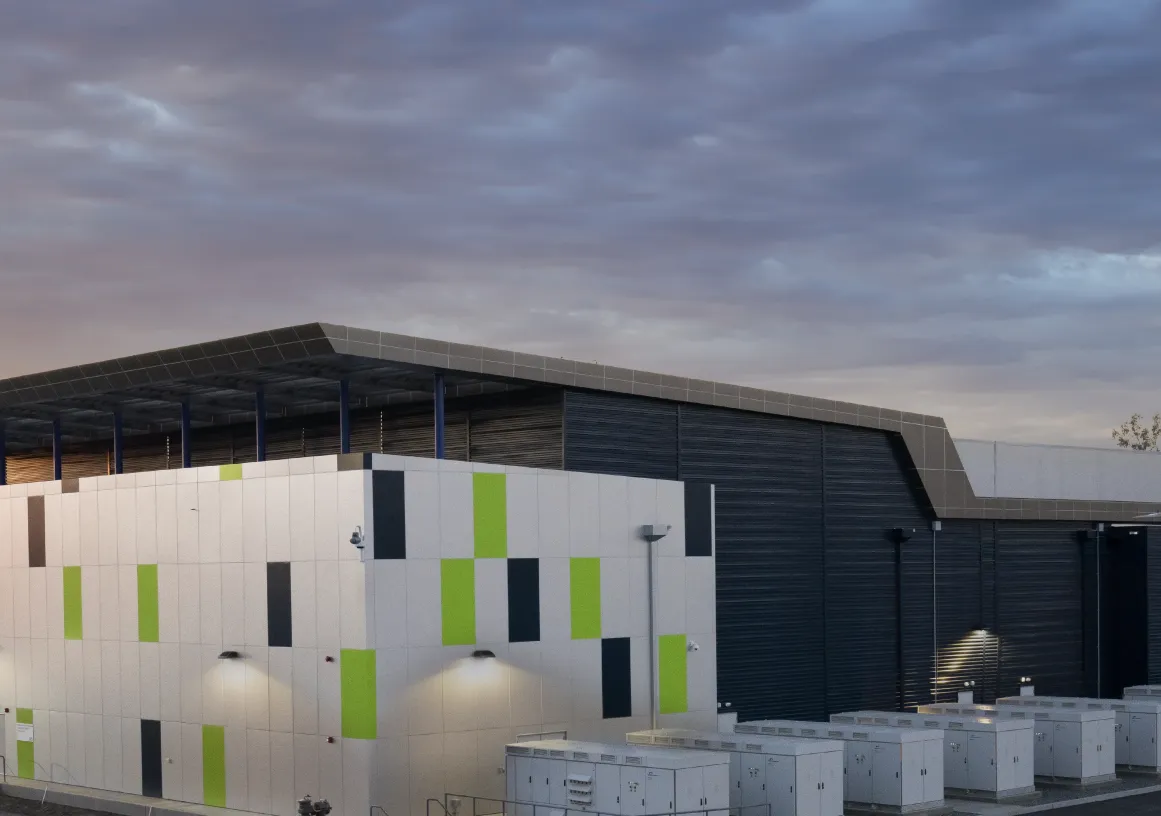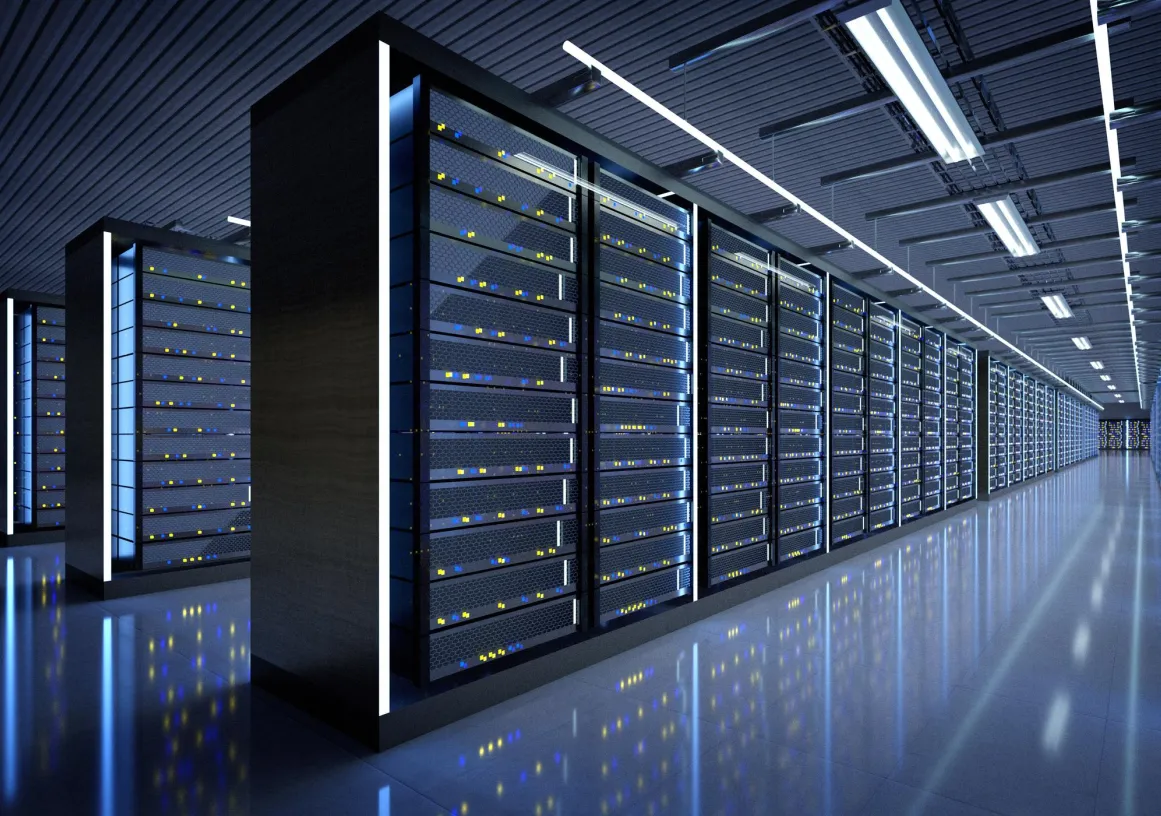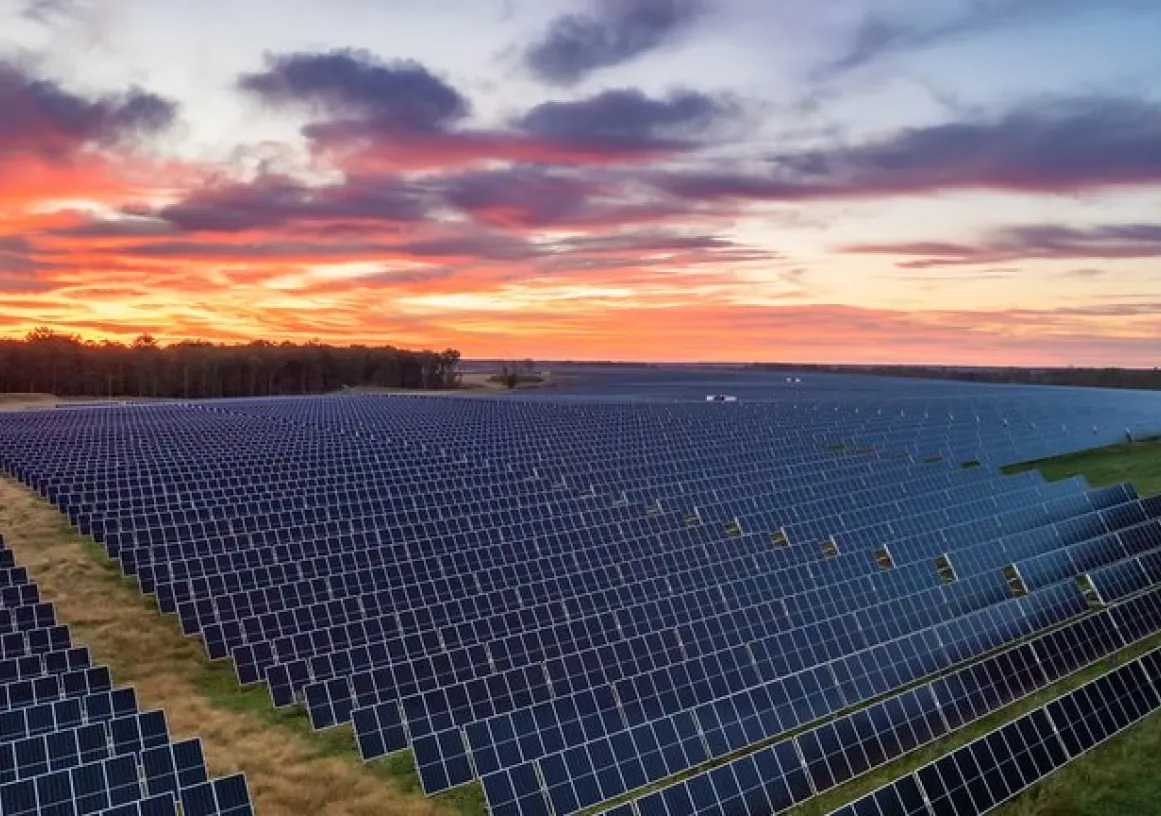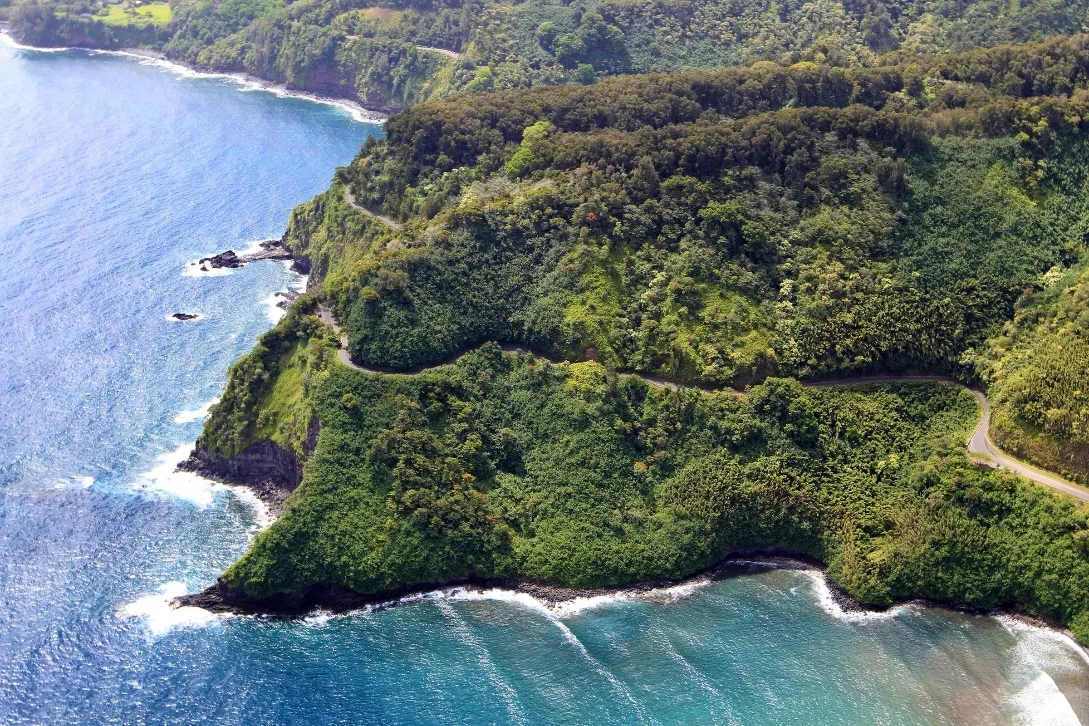
In March 2021, AES completed a first-of-its-kind clean energy microgrid for the Department of Defense (DoD). As the DoD is the largest consumer of energy in the US and largest consumer of petroleum in the world, AES addressed the critical need for energy resiliency, security and independence to ensure 24/7 mission readiness.
Pioneering a Revolutionary Renewable Energy Solution to Enhance Resilience
Located at the U.S. Navy’s Pacific Missile Range Facility (PMRF) in Kauai, Hawaii, AES’ PMRF microgrid project marks the first time a 24/7 renewable energy solution is being used to ensure 24/7 mission readiness, utilizing an innovative microgrid control strategy and new technology to provide islanding, seamless transitions and black start capabilities solely from clean energy. The PMRF microgrid is the largest 100% clean energy microgrid within the DoD as of 2021.
Additionally, it is the largest and first-of-its-kind DC-coupled solar and battery microgrid, serving up to 100% of the base’s needs and functioning as a ‘PV Peaker’ plant for the local utility while accelerating the DoD, state of Hawaii and utility’s bold clean energy goals, meeting 7% of the island’s energy demand with renewable energy, and providing a mutually beneficial solution for all partners.
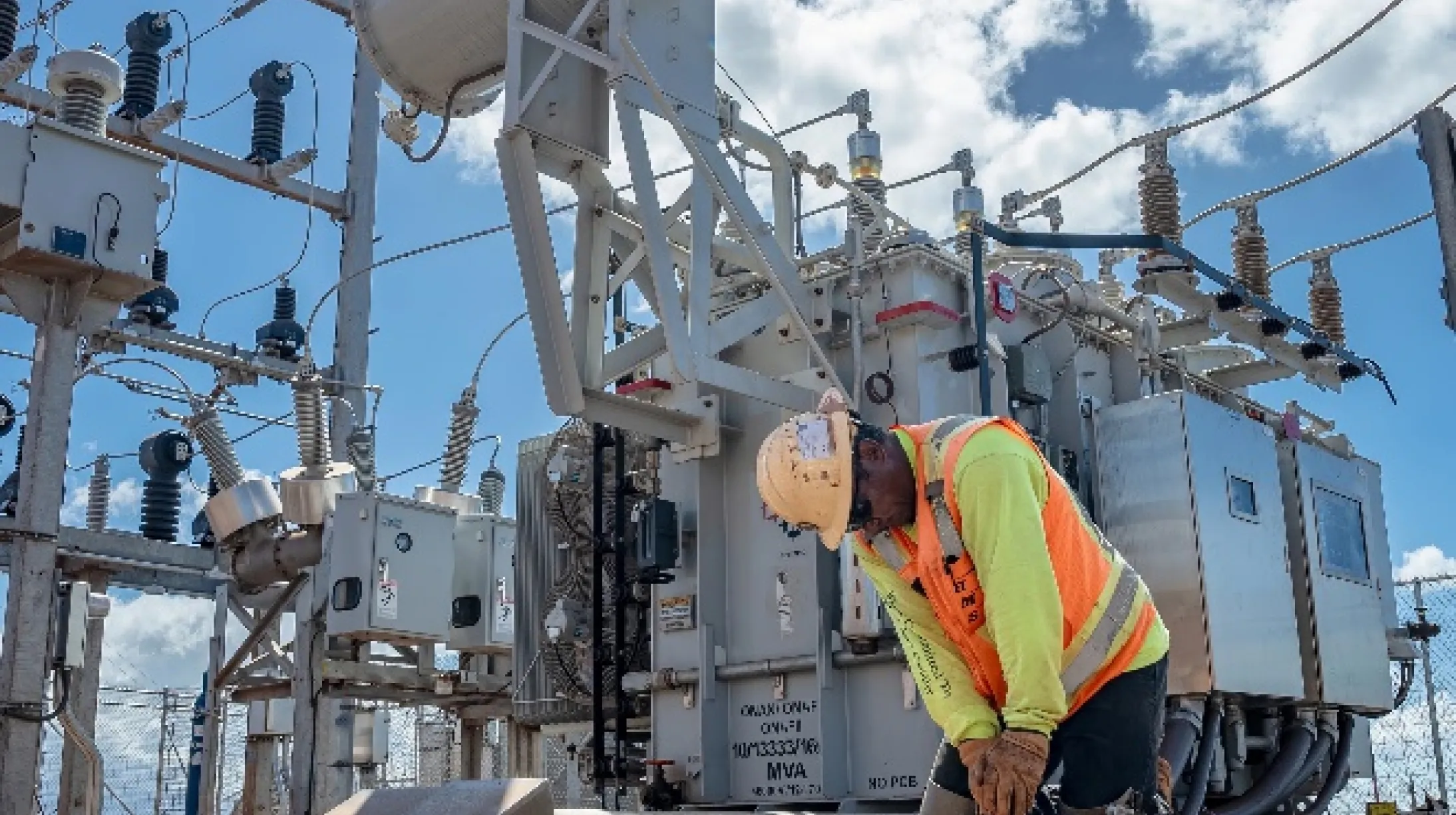
Challenges AES solved with KIUC and the U.S. Navy
Energy security is a critical priority for the U.S. Department of Defense (DoD), the largest energy consumer in the US and the largest consumer of petroleum in the world. The Pacific Missile Range Facility (PMRF) in Kauai, Hawaii was exposed to risks of energy disruption from their reliance on imported fossil fuels and a vulnerable commercial power grid.
In response to a mandate to enhance resiliency, reduce reliance on diesel generators, and transition to renewable energy, the DoD needed an innovative clean energy solution that could also meet critical demands such as seamless islanding, black start capabilities, and the unprecedented scale of a clean energy microgrid. The Navy also needed a solution that included seamless islanding (i.e. the ability to disconnect from the grid) and blackstart capabilities without relying on diesel generators.
A clean energy solution that could meet all of these requirements had never been done before, let alone at the scale the Navy needed.
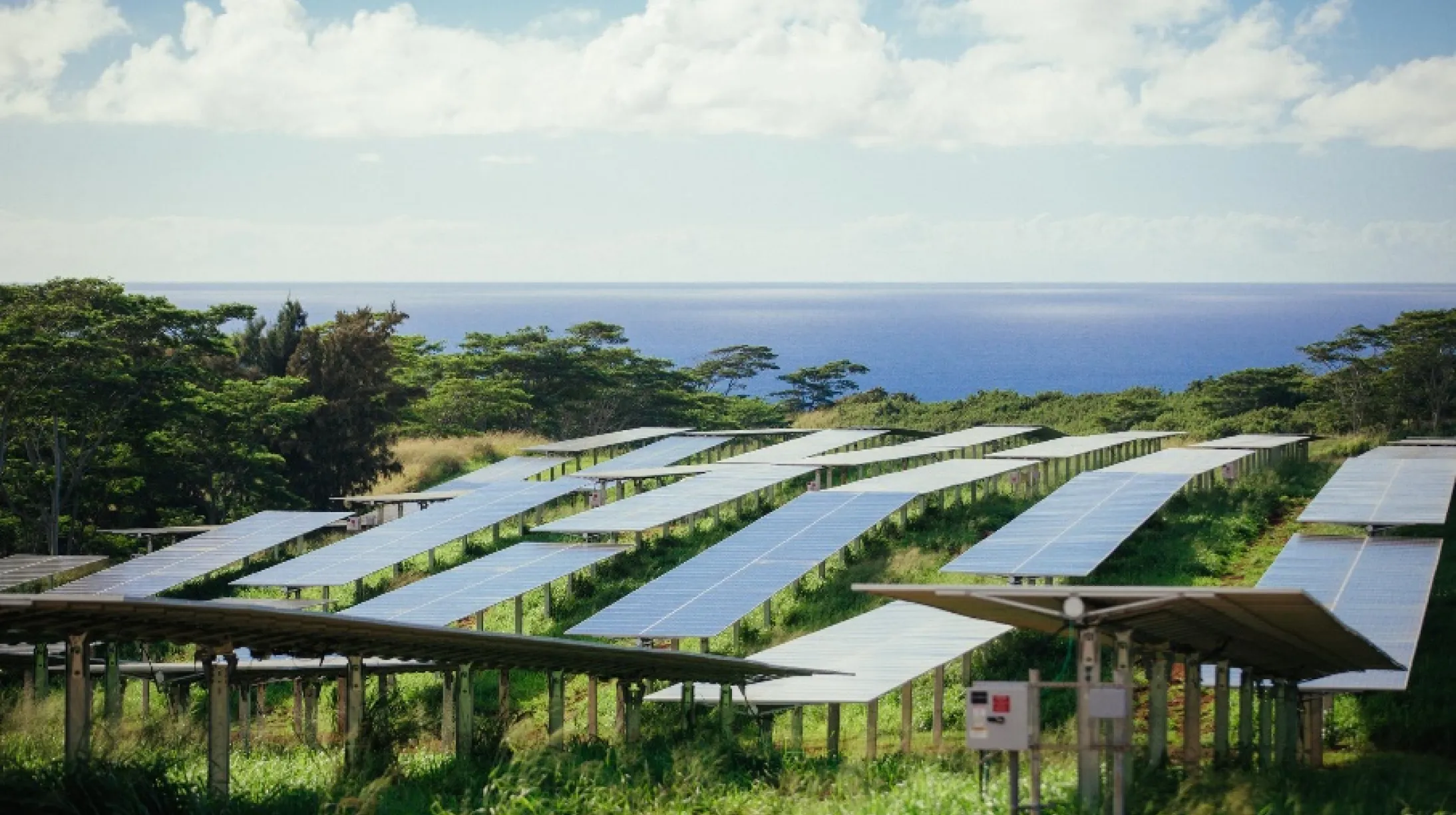
Our energy solutions and impact
To meet the Navy’s need for reliable, self-sufficient energy, AES developed the PMRF microgrid—the first-of-its-kind clean energy system combining 19.3 MW of solar with 70 MWh of five-hour duration battery storage. Designed for resilience, the microgrid can seamlessly transition to islanded operation, ensuring 24/7 carbon-free power without relying on diesel generators.
At an unprecedented scale, AES pioneered advanced grid-forming technology with GPTech and NREL, enabling the microgrid to operate independently while providing frequency and voltage support to the local grid. The PMRF microgrid not only powers 100% of the Navy’s energy needs in microgrid mode but also supplies 7% of KIUC’s energy, strengthening Hawaii’s renewable energy goals.
With seamless transitions, black start capability, and advanced controls validated at AES’ Test Bed at NREL, the PMRF microgrid sets a new standard for energy security and sustainability. By delivering cutting-edge innovation beyond the project’s original requirements, AES is redefining how clean energy and resilience work together to power critical operations.
Project outcomes
In a time where grid fragility and load intermittency stand as the largest inhibiting factors to realizing the vision of a carbon-free future, the PMRF microgrid proves that self-sufficient, secure, advanced large-scale microgrids have the potential to provide energy resilience and are scalable across diverse applications. As a mutually beneficial solution to the DoD, Navy, KIUC and State of Hawaii, the PMRF microgrid sets the stage for acceleration of the future of energy resiliency and clean energy.





